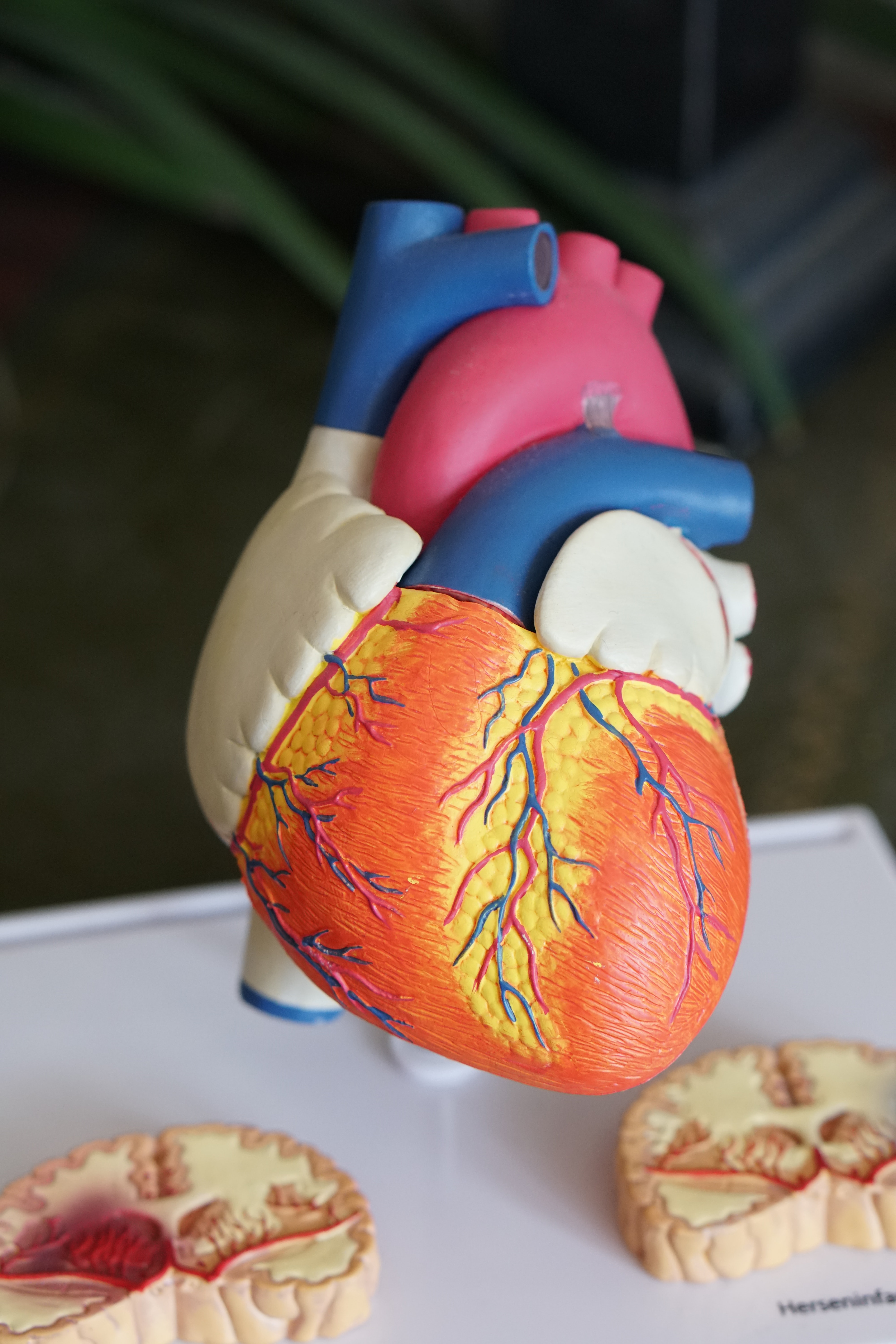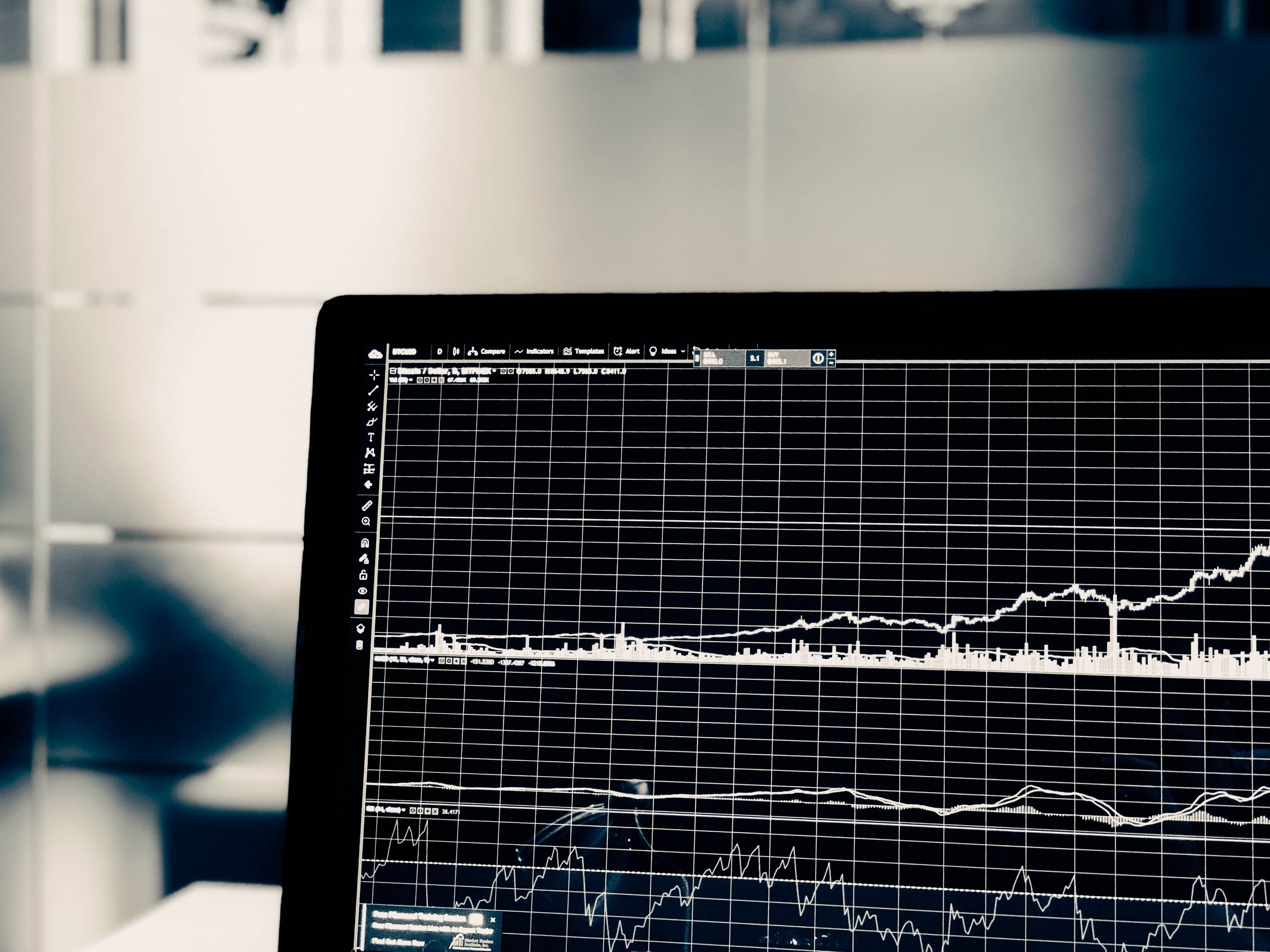
Blog Details

Report on Hypertension
- Introduction
- Hypertension
- Causes of Hypertension
- Organs affected by Hypertension
- Development Stages of Hypertension
- Methods Used for Diagnosis of Hypertension
- Treatment Choices for Patients
- Potential Improvments for Diagnosis and Treatment of Hypertension
- Follow Up steps involved After Treatment of Hypertension
- State of the Current Diagnostic Methods
Potential Improvement to Current Treatments
Introduction
Hypertension is still a top cause of mortality globally. Medicine and lifestyle changes may help. Occupational diastolic pressure, bioimpedance monitoring, and self-blood pressure readings at home are important sources of information (Chockalingam et al., 2006). This paper examines the disease's scientific and colloquial names, causes, organs affected, and phases of development, diagnosis, and therapy. It also describes the drug's target, mode of action, and follow-up techniques. Whether present diagnostic techniques are appropriate or new or better procedures are required, and possible improvements to current therapies include side effects and medication interactions.
Hypertension
Hypertension, often known as high blood pressure (HBP), is a chronic medical disorder characterized by high blood pressure. It is considered serious if the blood pressure is more than 180 / 120, described as hypertension (Whelton, 1994). Primary hypertension and secondary hypertension are both forms of high blood pressure. High blood pressure in patients with primary hypertension, also known as essential hypertension, occurs for no apparent reason. The most prevalent form of hypertension is this. This type of high blood pressure typically develops over a long period. What causes this may result from one's lifestyle and the way their body changes as they age. Secondary hypertension occurs when your hypertension results from a medical condition or medication.
Causes of hypertension
Diet excessive salt, fat, and cholesterol can lead to high blood pressure and long-term health conditions like kidney and hormone disorders, diabetes, and obesity. This may be the case if one's parent or family members have hypertension (Taler, 2008). High blood pressure can be caused by a lack of activity, older age, and a family medical history of increased blood pressure. Risk factors include being overweight or obese, using birth control or other medication, under great stress, or binge drinking or smoking too much.
Organs Affected by Hypertension
Hypertensive injury mostly affects the heart, kidneys, brain, and arteries. (Mensah et al., 2002) The damage to these organs is accelerated if blood pressure is not under control, and the result is organ failure, cardiovascular mortality, and impairment.
Involvement of The Heart
An enlarged heart can be caused by hypertension; heart rate increases when blood pressure rises. The heart's muscle grows in size in direct proportion to how hard it works. Congestive heart failure can develop due to an enlarged nature (Mensah et al., 20020. The more work the heart has to do in a similar vein, the more blood it requires. Heart attacks are more likely to occur in people who have blockages inside the blood vessels that supply their heart or coronary arteries.
Neuropsychological Effects
A severe headache, cerebrovascular symptoms, convulsions, and even death are possible outcomes of uncontrolled hypertension. An intracerebral hemorrhage might result from a ruptured artery in the brain caused by extremely high blood pressure in the patient. Intense bleeding in the brain tissue causes an intracerebral hemorrhage, a potentially fatal stroke (Mensah et al., 202). Vascular dementia, a type of dementia induced by a series of minor strokes over such a long period, is also linked to hypertension. Dementia is characterized by a progressive and irreversible decline in mental abilities. It might be detrimental to a brain state, thinking, language, judgment, and behavior; it might be harmful.
The Kidneys Will Be Affected
There are a lot of blood arteries used by the kidneys to remove excess fluid and impurities from the blood. Long-term hypertension can lead to renal dysfunction, which may require dialysis to keep you alive if left untreated (Mensah et al., 2002). Over time, high blood pressure can weaken or stiffen the capillaries and arteries that surround the kidneys, preventing the organs from receiving enough oxygen-rich blood.
Developmental Stages of Hypertension
A systolic blood pressure of 120 to 129 mm Hg and diastolic pressure less than (but not greater than) 80 mm Hg indicate elevated blood pressure. It's common for high blood pressure to worsen over time unless action is taken to lower it. Prehypertension is another name for elevated blood pressure. A systolic pressure of 130 to 139 mm Hg or a diastolic pressure of 80 to 89 mm Hg is considered stage 1 hypertension. Hypertension is the second stage. At least a constriction of 140 mm Hg or a pulse pressure of 90 mm Hg defines stage 2 hypertension. If blood pressure readings are above 180/120 mm Hg, it is an emergency, a hypertensive crisis.
Methods Used for Diagnosis of Hypertension
Consistent blood pressure readings of greater than or equal to 130/80 mmHg indicate the presence of hypertension. A cuff is used to take a patient's pulse and blood pressure. Using a blood pressure monitor or an electronic gadget, this non-invasive technology can measure the tension in your arteries and express numerical numbers. A few of the factors or problems of hypertension may also be diagnosed with the help of laboratory or imaging studies. Diagnosing high blood pressure may be aided by testing for electrolyte imbalance, blood glucose levels, thyroid function, kidney function, and blood urea nitrogen. The urine testing results can reveal whether or not high blood pressure is being exacerbated or caused by conditions such as diabetes, kidney disease, or the use of illicit drugs.
Treatment Choices for Patients
Diuretics and Anti-Calciphylaxis Medications
These are medications that aid in evacuating sodium and water from the body. They're also known as "water pills.". It is common for people with high blood pressure to start with these medications. Water is discharged from the body by diuretics because salt and chloride are excreted from the body through the urine (Manawadu et al., 2002). As previously noted, the concentration of sodium chloride inside the body has a significant impact on the body's ability to retain water. So most diuretics work by reducing the overall sodium chloride concentration. Norvasc, diltiazem, and other drugs affect the muscles of the said vascular system to reduce the risk of heart attacks and strokes. Some can slow the heart rate.
Angiotensin-Converting Enzyme (ACE) Inhibitors and Angiotensin II Receptor Blockers (ARBs)
These drugs block a natural substance that causes blood arteries to constrict, including Prinivil, Zestril, and Benazepril. A biological molecule that narrows blood arteries is blocked from forming in these drugs, not preventing the effect of the chemical.
Anti-Calciphylaxis Medications
Norvasc, diltiazem, and other drugs affect the muscles of the said vascular system to reduce the risk of heart attacks and strokes. Some can slow the heart rate.
Potential Improvements for Diagnosis and Treatment of Hypertension
Health care providers need to create effective implementation science to improve hypertension control by ensuring that patients are diagnosed and treated more effectively. That best practices are disseminated across a broad range of health settings.
Follow Up Steps Involved After Treatment of Hypertension
High blood pressure can be controlled and managed by altering one's lifestyle. If you are overweight or obese, your doctor may recommend adopting lifestyle adjustments, such as eating a cardio diet with less salt, exercising regularly, limiting your alcohol intake, and maintaining a healthy weight (Kotwani et al., 2014). However, altering one's way of life alone isn't always adequate. If you don't see any improvement with diet and exercise, your doctor may prescribe blood pressure medication.
State of The Current Diagnostic Methods
Public health services are still grappling with the problem of controlling hypertension. Numerous hypertension individuals go undiagnosed despite advances in heart rate (BP) measuring technology and the advent of safe and efficacious antihypertensive medications (Petersen et al., 2020). Many people using antihypertensive medication who aren't properly tracked down don't get the treatment they need to keep their blood pressure under control. Hypertension is a substantial contributor to the burden of disease and disability worldwide, especially in industrialized countries, so it's not surprising.
Potential Improvement to Current Treatments
Due to data collection and integration, cardiovascular studies, management, and control will undergo a paradigm shift (Bull et al., 2000). Large amounts of personal and social health information are being collected. To have a health care system that is constantly improving, real-world evidence like this is essential. People will be able to understand better illness patterns and health determinants, such as hypertension if we can combine and evaluate data from various sour
References
Bull, A. T., Ward, A. C., & Goodfellow, M. (2000). Search and discovery strategies for biotechnology: the paradigm shift. Microbiology and Molecular biology reviews, 64(3), 573-606.
Chockalingam, A., Campbell, N. R., & Fodor, J. G. (2006). Worldwide epidemic of hypertension. Canadian journal of cardiology, 22(7), 553-555.
Kotwani, P., Balzer, L., Kwarisiima, D., Clark, T. D., Kabami, J., Byonanebye, D., ... & SEARCH Collaboration. (2014). Evaluating linkage to care for hypertension after community‐based screening in rural U ganda. Tropical Medicine & International Health, 19(4), 459-468.
Manawadu, D. N., Rajkumar, C., & Bulpitt, C. J. (2002). Treatment choices for patients with hypertension. Modern Hypertension Management, 4, 2-4.
Mensah, G. A., Croft, J. B., & Giles, W. H. (2002). The heart, kidney, and brain as target organs in hypertension. Cardiology clinics, 20(2), 225-247.
Petersen, J., Kontsevaya, A., McKee, M., Kudryavtsev, A. V., Malyutina, S., Cook, S., & Leon, D. A. (2020). Untreated hypertension in Russian 35-69 year olds–a cross-sectional study. PloS one, 15(5), e0233801.
Taler, S. J. (2008). Secondary causes of hypertension. Primary Care: Clinics in Office Practice, 35(3), 489-500.
Whelton, P. K. (1994). Epidemiology of hypertension. Lancet (London, England), 344(8915), 101-106.
To get a similar paper in APA, place your order in quantawriters.com




